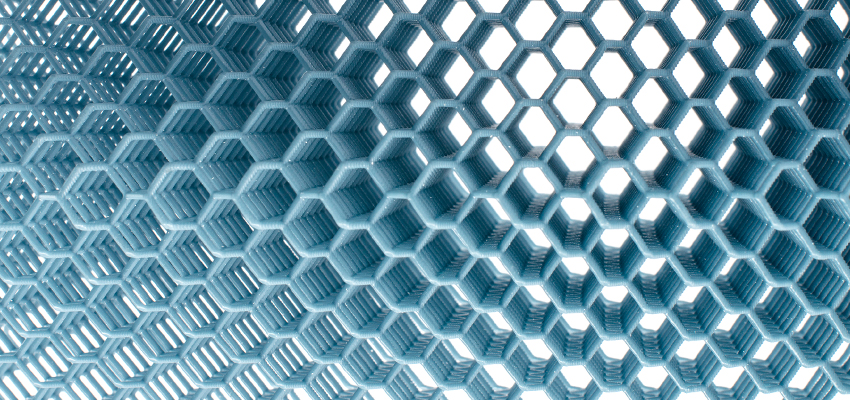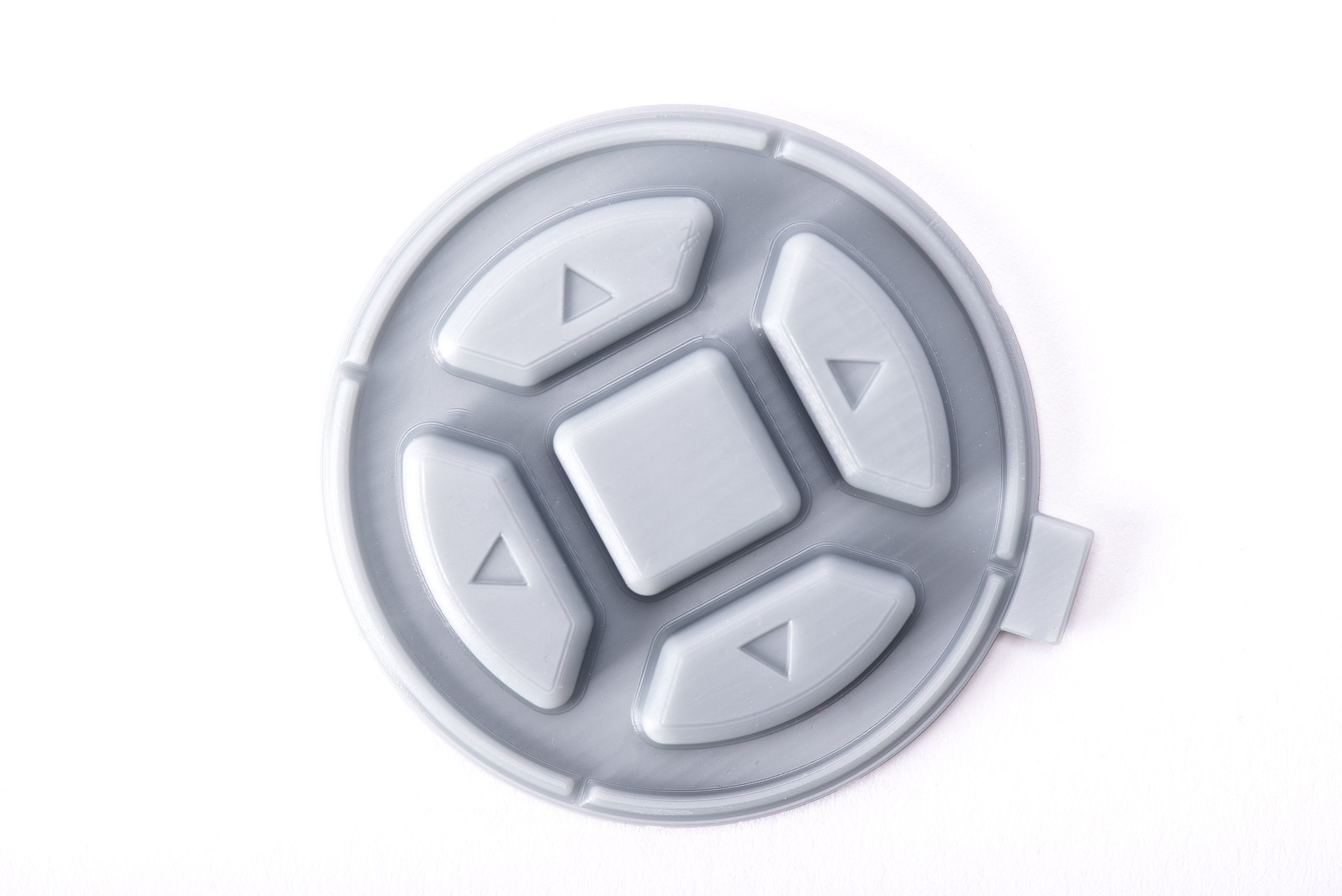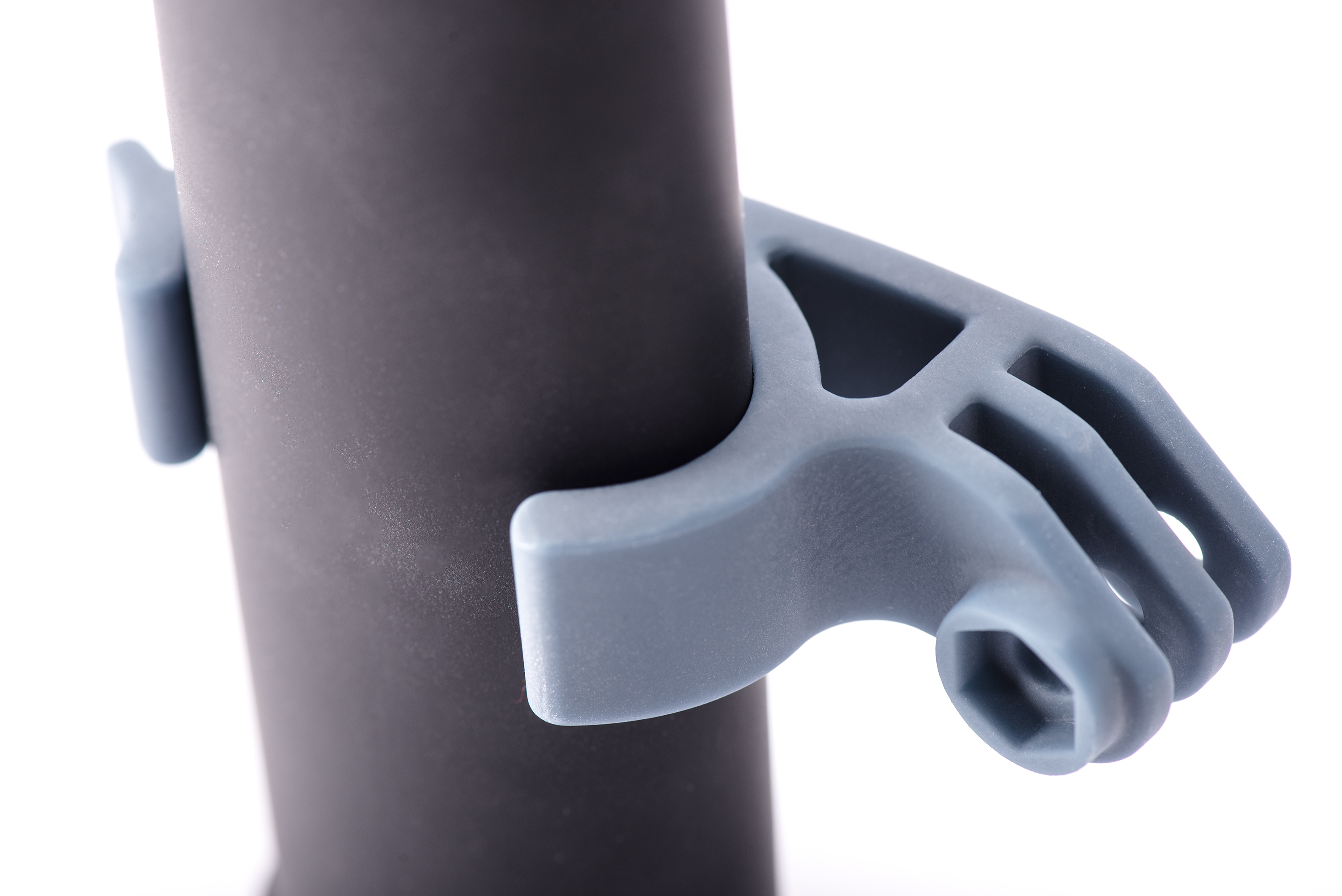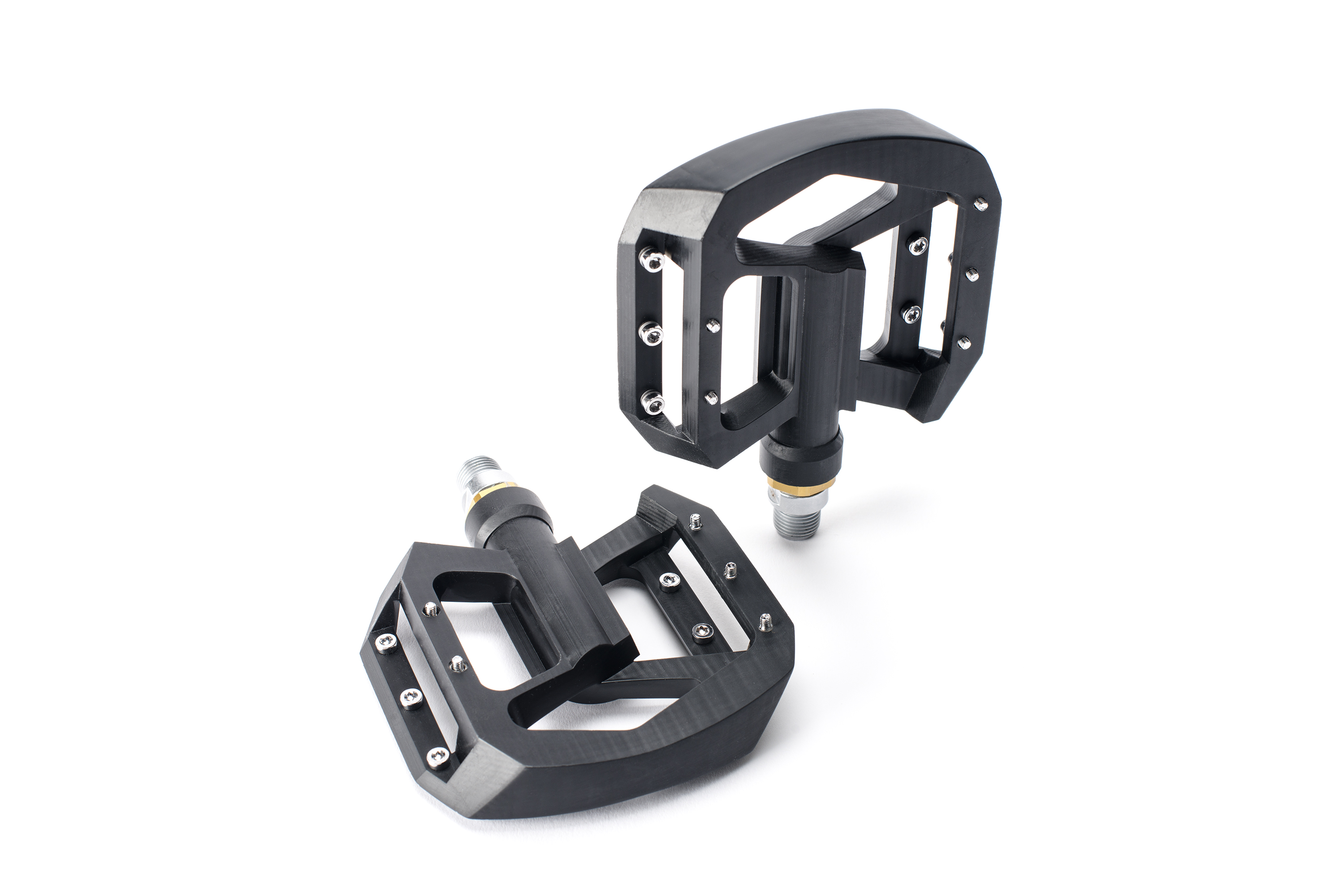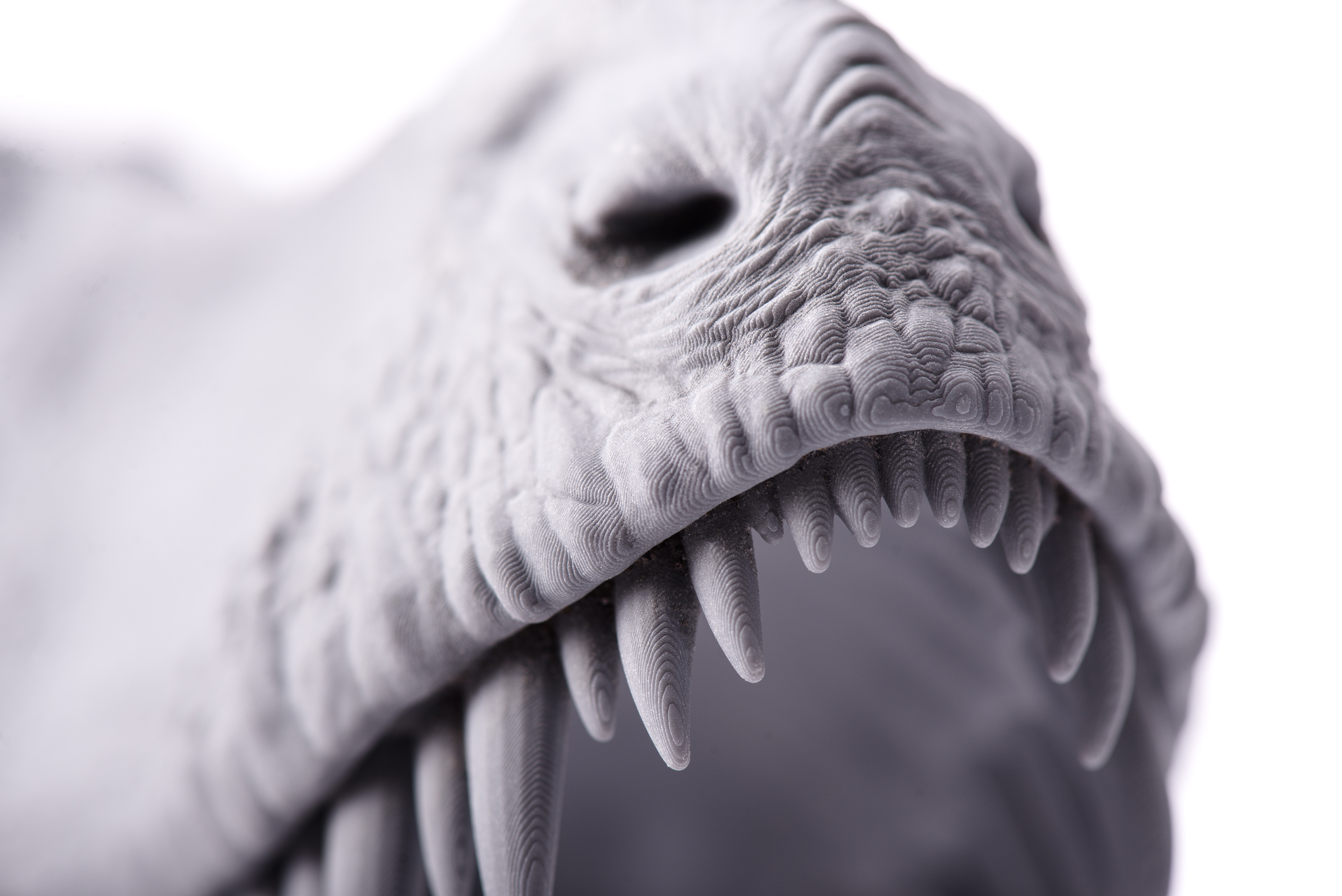Curious About Our CLIP Materials?
Posted By Jess Hedstrom on Apr 6, 2016 | 0 comments
As we get closer to the end of our CLIP “Pilot” and prepare to take it out of BETA we are excited to share a little info about the materials and what they can offer you. You might have noticed that we have not released any information about the materials… before now. We will share 4 of the CLIP materials that you can choose from when you order through our website when we do go live. So prepare to learn all about the materials, their properties and when to use them.
On March 1st we announced the integration of our Carbon 3D printer, and with that, the launch of our CLIP Pilot Program. To learn more about the companies that have been a part of our pilot program, and to see behind the doors of our San Leandro, CA factory we created this video to give you more insight into the pilot program:
What is CLIP technology, and how does it work?
CLIP (Continuous Liquid Interface Production) utilizes a balanced chemical relationship to enable a “dead zone” which sits just above an oxygen permeable, optically clear layer of glass. In this “dead zone” a thin layer of uncured resin sits between the glass and the resin while the projector shines a UV light which cures the resin. For more information about this process feel free to visit our “Introducing the Carbon 3D Printer and CLIP technology” article.
Designing for CLIP is like designing for many other 3D printing processes, however there are unique challenges, such as support generation and part orientation to make sure that we are providing the best possible quality when processing your parts. When CLIP goes live we will provide the design guidelines regarding: size limitations, text, wall thickness, hollowing, and support considerations. However, today we will share our 4 recommended materials so that you can make an informed decision based on your specific project.
Which materials are available for CLIP?
EPU – ELASTOMERIC POLYURETHANE
FPU – FLEXIBLE POLYURETHANE
RPU – RIGID POLYURETHANE
PR – PROTOTYPING RESIN
EPU – ELASTOMERIC POLYURETHANE: CLIP leverages a range of materials which were designed to meet common engineering requirements – from the elongation and resilience expected of an injection molded polyurethane elastomer. The Elastomeric Polyurethane is a rubbery stretchable material that exhibits elastic behavior through a wide range of temperatures. This material is perfect for the use in gaskets, grommets, and flexible watertight seals. This material is highly flexible and resilient; EPU would be great for cushioning, gaskets and seals. This materials is only available in Heather Grey.
- Ultimate tensile strength 5 – 7 MPa
- Elongation at break 250 – 300%
- Young’s modulus 6 – 8 MPa
- Tear strength 15 – 20 kN/m
FPU – FLEXIBLE POLYURETHANE: With the CLIP process we’re able to deliver prototypes and end-use products. The wide range of material offered have varying properties, so the application of the CLIP process are quite vast. The Flexible Polyurethane is a great material with properties that resemble injection-molded polypropylene. This material is excellent for housewares, toys, rigid packaging and anything else that requires a lightweight and flexible plastic materials. This material is especially perfect for objects that experience repetitive stresses like hinging mechanisms because it’s tough and abrasion resistant. This material is only available in Periwinkle.
- Ultimate tensile strength 23 – 28 MPa
- Elongation at break 200 – 250%
- Young’s modulus 600 – 850 MPa
- Tear strength 35 – 39 J/m
RPU – RIGID POLYURETHANE: CLIP enables product designers and engineers to produce polymeric parts that have the resolution, surface finish and mechanical properties required for both functional prototyping and productions. Rigid materials, like the Rigid Polyurethane resins, are excellent for consumer electronic applications like computer mice, cell phones, or other electronic housings. More specifically, it is perfect when you need a tough material with a high strength to weight ration or high temperature resistance such as automotive applications due to it’s toughness and abrasion resistance. This material is only available in Black.
- Ultimate tensile strength 40 – 55 MPa
- Elongation at break 90 – 140%
- Young’s modulus 1500 – 2000 MPa
- Tear strength 58 – 70 °C
PR – PROTOTYPING RESIN: Due to the high-resolution capabilities the CLIP process is excellent for medical models used in surgery preparation and planning, as well as for film and television figurines. Parts ranging from very small parts that meet tolerance demands to medium parts with precise patterns. Parts for industries as varied as auto, medical and consumer electronics. The Prototyping Acrylate resin is a rigid, low strength material that is perfect for prototyping your designs with remarkable detail prior to moving to production. This is a general purpose material while it is not resistant to high temperatures, and it’s not particularly strong or stiff it does have great resolution and requires the least post processing. It comes in Cyan, Magenta, Yellow, Black, Grey, and White.
- Ultimate tensile strength 26 – 32 MPa
- Elongation at break 15 – 28%
- Young’s modulus 600 – 950 MPa
- Impact strength 24 – 28 J/m
We are happy to make these materials available to you when our CLIP technology goes live, we are here to assist you with all the information you need to make an informed decision regarding how to select the best materials for your project. Make sure you take a look at our CLIP material pages for a bit more info.


 Connect with Google
Connect with Google Connect with Facebook
Connect with Facebook